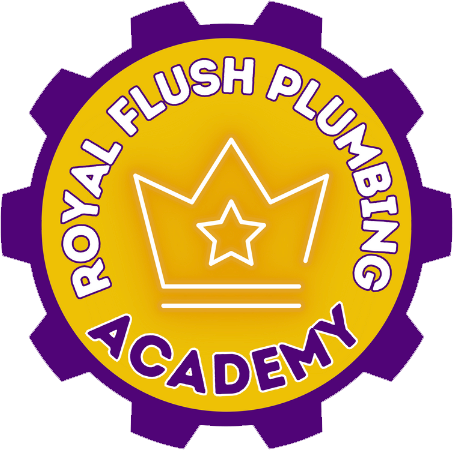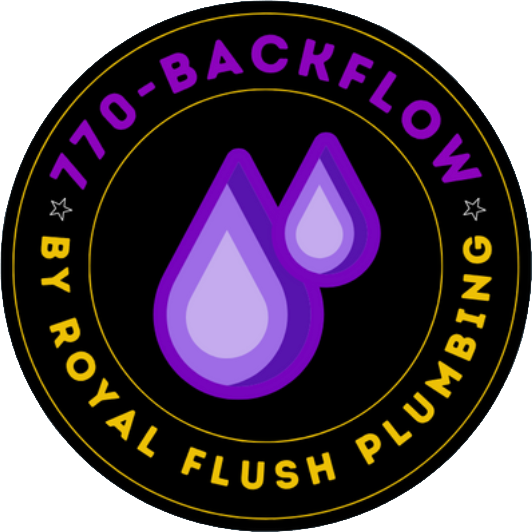Frequently Asked Questions of Royal Flush Plumbing

As the Experts, Royal Flush Plumbing gets a lot of questions. So we wanted to make some of the more common ones available to you, our clients.
Root Growth
How do roots grow?
During drought conditions and in the winter, roots will travel long distances in search of moisture. When trees and shrubs get thirsty, they follow the trail of moisture vapors escaping from small cracks, holes, or poorly sealed joints in the water and sewer lines. The roots penetrate the opening to reach the nutrients and moisture inside the pipes.
What happens when roots get inside lines?
How can I control roots in my pipes?
Septic Tanks
How often should I have my septic system inspected?
Slow Drains & Faucets
My shower head and faucet aerators have a buildup of a white substance around the area where the water comes out. Is there anything I can do other than replace them?
Our kitchen drain has taken longer than usual to drain during the past year. Should we have it cleaned?
Strange Noises
When I am in the laundry room and the water heater is operating, I hear a rumbling sound coming from the water heater. What could cause this?
You may try draining a few gallons of water off the bottom of the water heater tank. This is done by attaching a drain hose to the valve at the bottom of the tank. Allow it to drain for about five minutes.
WARNING: HOT WATER IS DANGEROUS. DISCHARGE THE WATER INTO A FLOOR DRAIN, LAUNDRY TUB OR BATHTUB. HOT WATER WILL KILL YOUR GRASS IF DISCHARGED ONTO THE LAWN. HOT WATER WILL CRACK A TOILET BOWL IF DISCHARGED INTO THE TOILET.
Many newer models of water heaters have a new feature that prohibits the buildup of sediment in the tank. If your heater is an older model, it may be cost effective to replace the water heater if the buildup is severe.
I am hearing a whistle sound that seems to be connected to the plumbing system. It comes and goes at times, but I can't find the cause of it. What could cause this?
Toilet Replacement
We need to replace a toilet in our home. We have heard coworkers and friends complain that the new toilets do not flush properly, and that they require multiple flushes. What is the recommendation for toilet replacement?
When considering a new fixture for your home such as a toilet, we recommend that you choose a fixture made by one of the major manufacturers, such as American Standard, Kohler or Eljer.
Water Temperature & Water Bills
The temperature of my hot water seems to be higher than what I think I need. How can I conserve energy, yet also be sure that there is an adequate amount of hot water?
There are four people in our house, two adults and two teens. We are constantly running out of hot water. After a five-minute shower, the water starts to turn cold. This change occurred quite recently. Help!
Second, if your water heater is electric, the lower element that heats the water may not be operating properly, thus only the upper half of the tank will heat up. The cause of this problem could be a bad element or a thermostat malfunction. This type of problem should be evaluated by a qualified technician.
Recently my water bills appear to be rather high. None of the faucets appear to leak. What else could contribute to a high water bill?
Second, put a few drops of food coloring into the tank to test the flush valve mechanism. If the water in the bowl changes color within 15 minutes, this is an indication that water is leaking into the toilet bowl and that the ball or flapper needs to be replaced.
Foul Odors
I have a foul odor coming from my garbage disposer. What can I do to eliminate this odor?
I am getting a foul odor from a bathroom in the basement. We hardly ever use this bathroom except when we have company. This is embarrassing. What can we do?
Plumbing systems are designed to prevent foul odors from entering the house by means of the trap attached to fixtures. Traps contain water to seal out foul odors; if the water seal evaporates, the odors enter the house. To solve this problem, pour a bucket of water in each trap, sink, shower and floor drain. This will prevent the odors from entering the house.
Royal Flush Plumbing
Plumbing Atlanta, Georgia and Surrounding Communities with Over 42 Years Experience!
Call 770-385-5911 and ask about a FREE quote






